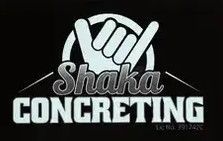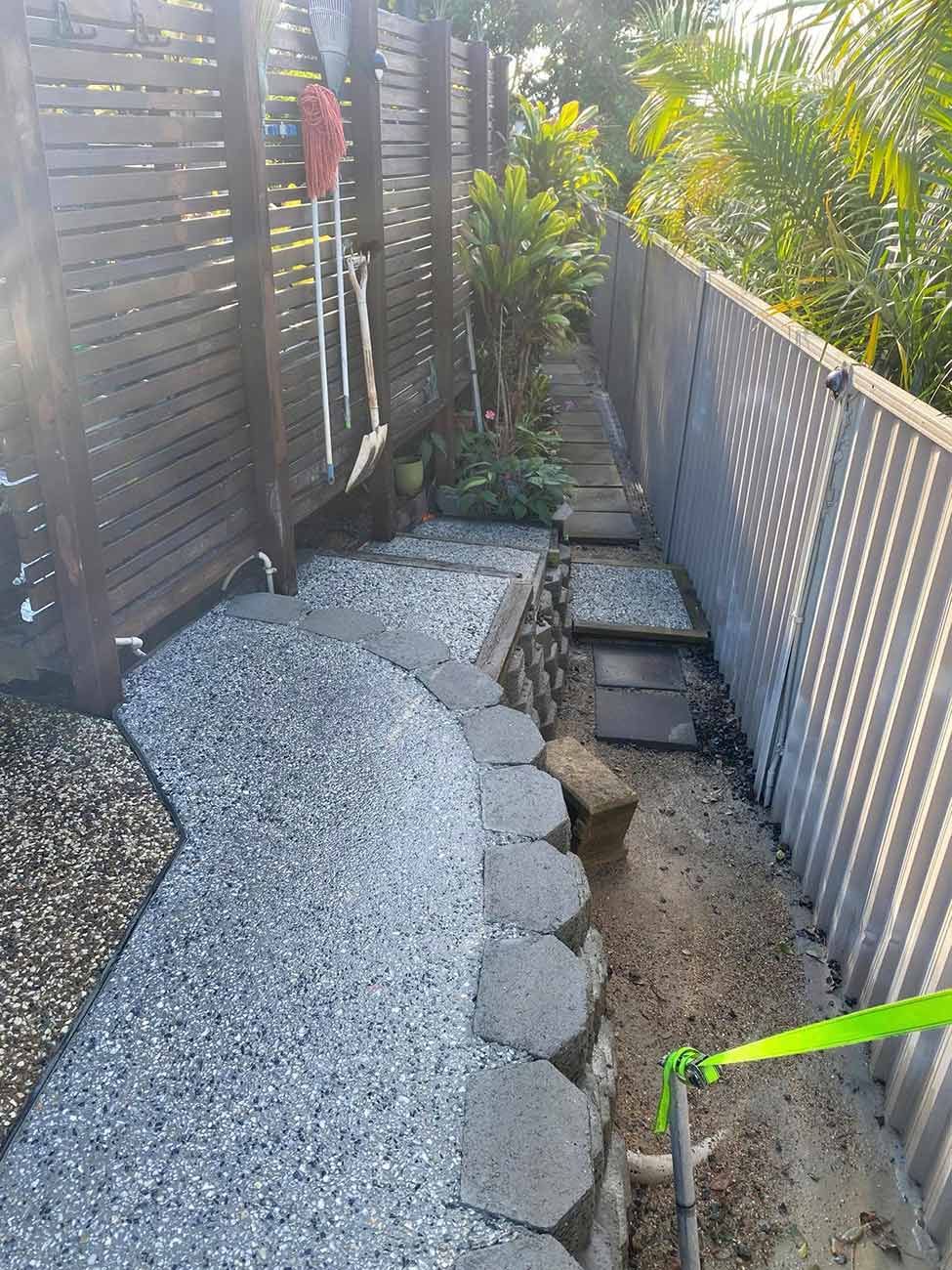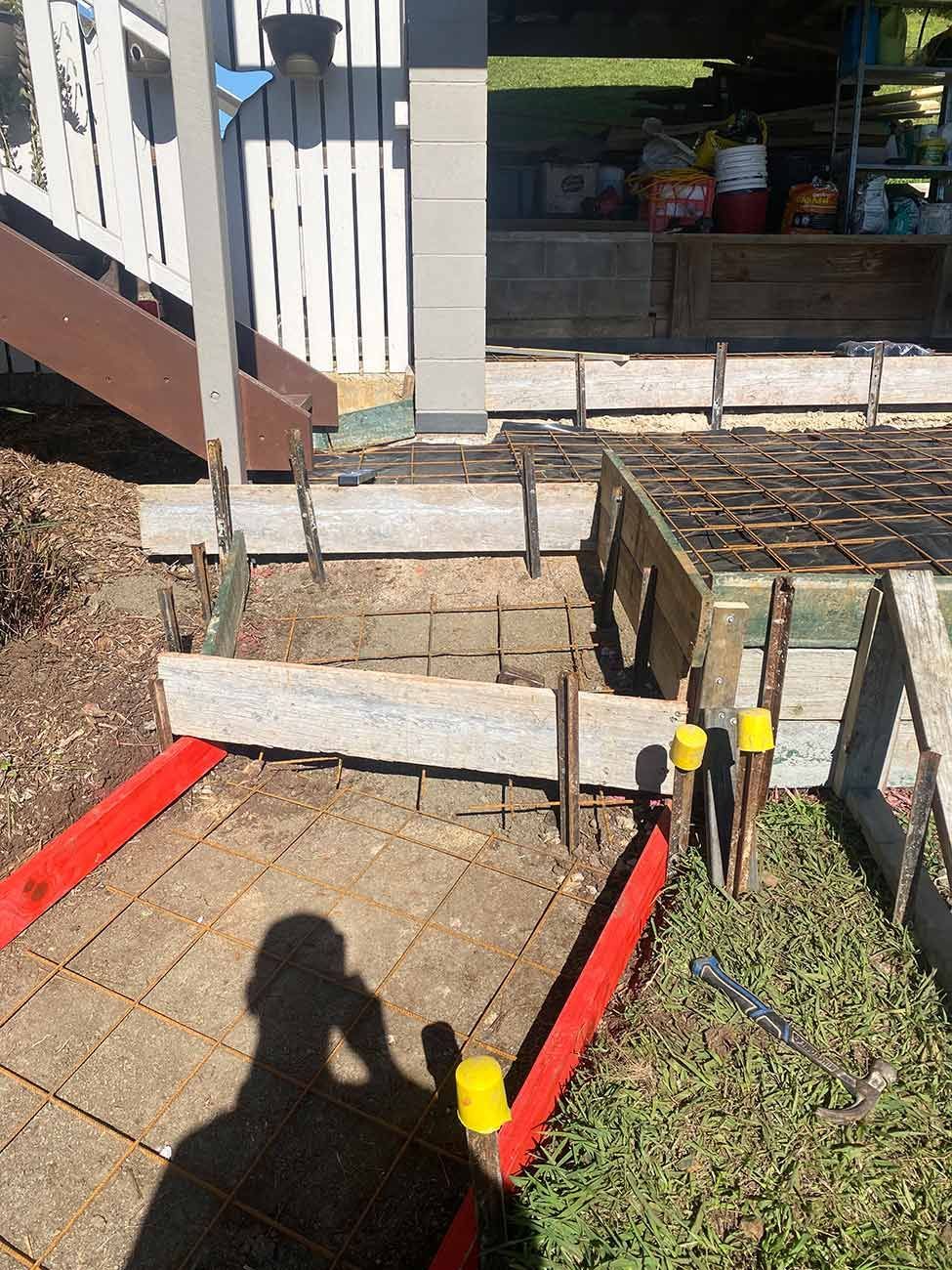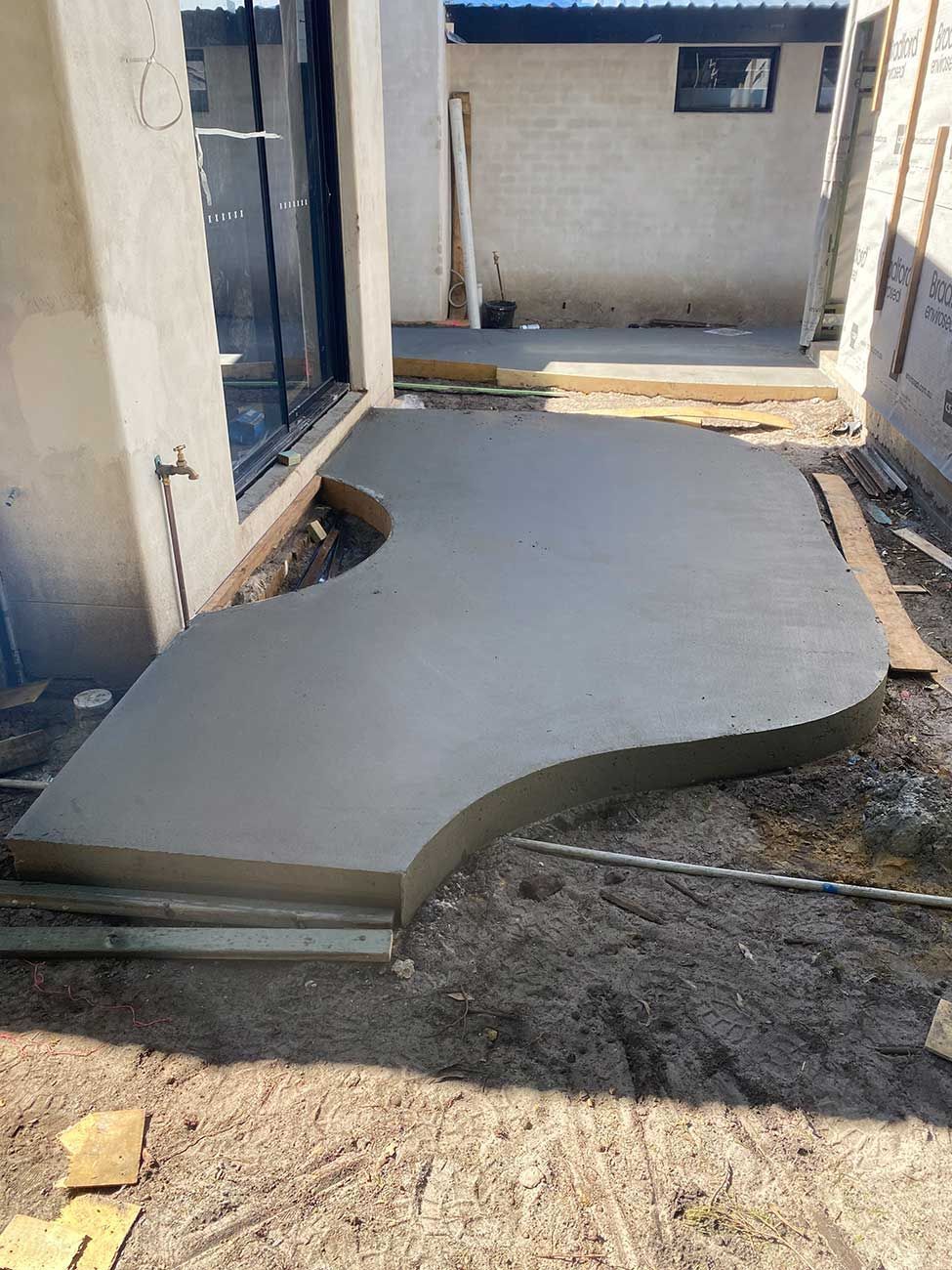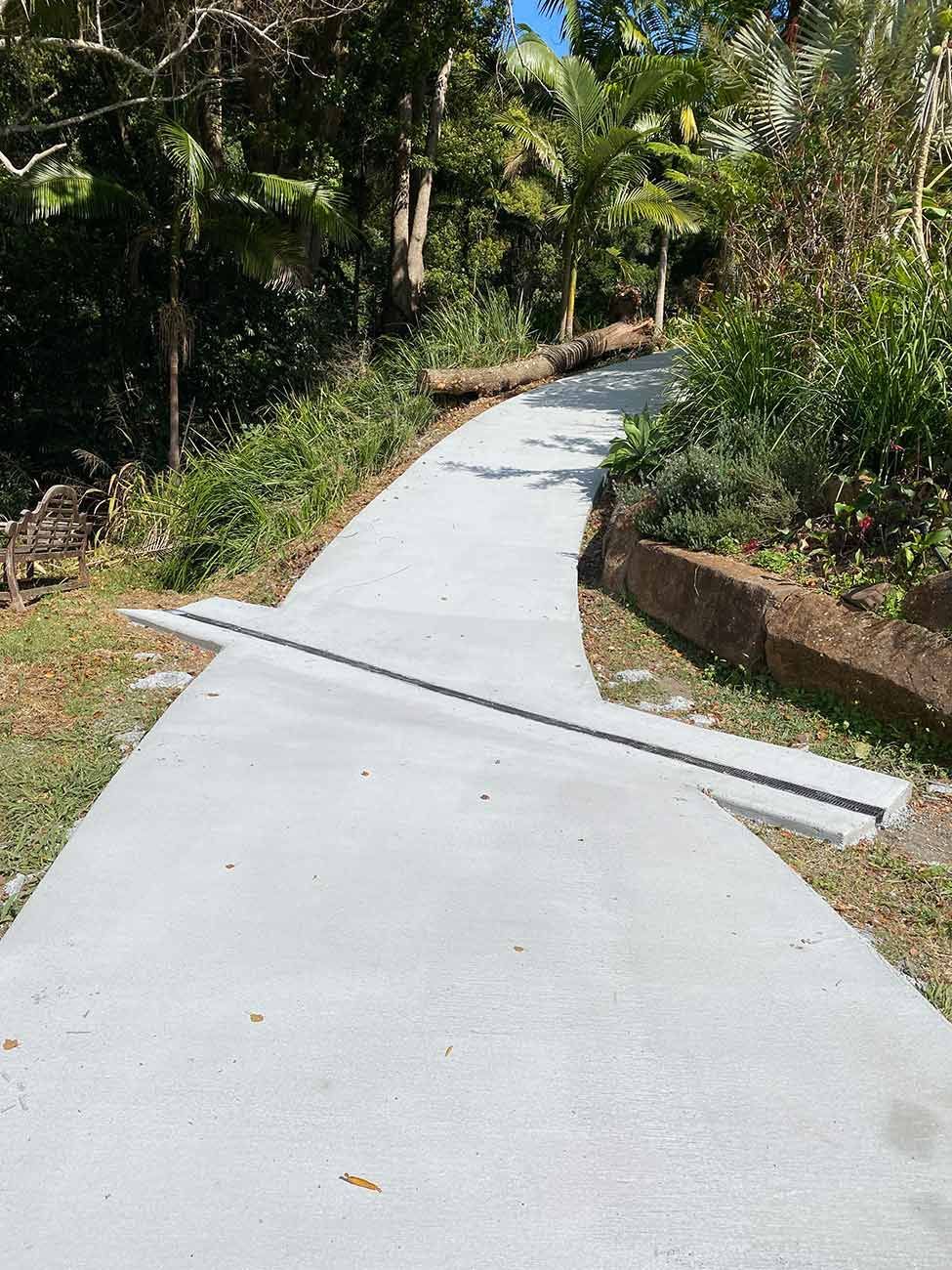Request a Call Back
Contact Us
Thank you for contacting Shaka Concreting.
We will get back to you as soon as possible.
Oops, there was an error sending your message.
Please try again later.
Byron Bay Concreters
Shaka Concreting provides expert concreters in Byron Bay, delivering dependable results for residential and small commercial projects. We focus on honest advice, clear quoting and work that’s built to last. From driveways and slabs to pool surrounds, paths and footings, we take care of every stage — from prep to pour to finish.
We understand what local sites demand, and we take the time to plan properly. That means matching the right mix and reinforcement to each job, whether it’s a decorative surface or a structural pour. You’ll get straight answers, a solid timeline and a finish that holds up to everyday use. Our concreting is neat, well-executed and tailored to your space — no shortcuts, no mess left behind.
Call 0402 728 207 to book your free quote and talk through your concreting needs.
Practical Solutions, Quality Finishes
We work with concrete every day. It’s durable, low-maintenance and ideal for a wide range of projects around the home. From driveways and patios to structural slabs, footings, and pool surrounds, we make sure every job is poured properly and finished to last.
Good concreting starts with good planning. We consider drainage, site conditions, and how the surface will be used, then match the right mix and finish to your needs. We use proper formwork, reinforcement and curing methods so your concrete holds its shape, handles daily use and keeps looking sharp long after the job’s done.
Depending on the look you’re after, you can choose from exposed, aggregate, coloured or plain concrete. We work neatly and efficiently, and we’re always happy to discuss options before we get started.
Concrete Paths Byron Bay
A well-laid path can make all the difference to how a space flows. We build concrete paths that are neat, durable and properly aligned with the rest of your site. From garden walkways to access strips and utility paths down the side of a house, we handle the prep, formwork and pour with care. We’ll make sure everything drains well, sits level and holds up to regular foot traffic.
Whether you’re finishing a new build or upgrading an older space, we can help you create a path that works and lasts.
Call
0402 728 207 to get started.
What’s the difference between plain concrete and exposed aggregate?
Plain concrete is a smooth, uniform surface created with a standard mix of cement, sand and gravel, often finished with a broom or trowel for texture. It’s functional, affordable and widely used for driveways, slabs and footpaths. Exposed aggregate, on the other hand, reveals the decorative stones or pebbles mixed into the concrete by washing away the top layer of cement before it sets. This creates a textured, slip-resistant surface that’s both practical and visually appealing. It’s a popular choice around pools, on driveways and in areas where aesthetics matter just as much as durability.
How thick should a concrete slab be for a shed or patio?
The recommended thickness for a concrete slab depends on its purpose. For small to medium backyard sheds, a 100mm slab is generally sufficient. Larger or heavier structures like farm sheds or garages may require a thicker base — often 125–150mm — with additional reinforcement like mesh or rebar. For patios and outdoor living areas, 100mm is usually adequate, especially when properly compacted with a solid sub-base. It’s important to match the slab thickness to the intended load and ensure the site is prepped correctly for long-term strength and stability.
How long does concrete take to cure?
Concrete begins to set within a few hours of being poured, but full curing takes time. Most concrete reaches about 70% of its strength after 7 days and continues to gain strength over 28 days, which is considered the standard curing period. During this time, it’s critical to keep the surface moist — especially in hot or dry conditions — to prevent cracking and ensure proper hydration. Curing methods can include covering the slab with plastic sheeting, using a curing compound or applying water regularly. Avoid heavy loads or construction on new concrete until it’s fully cured.
